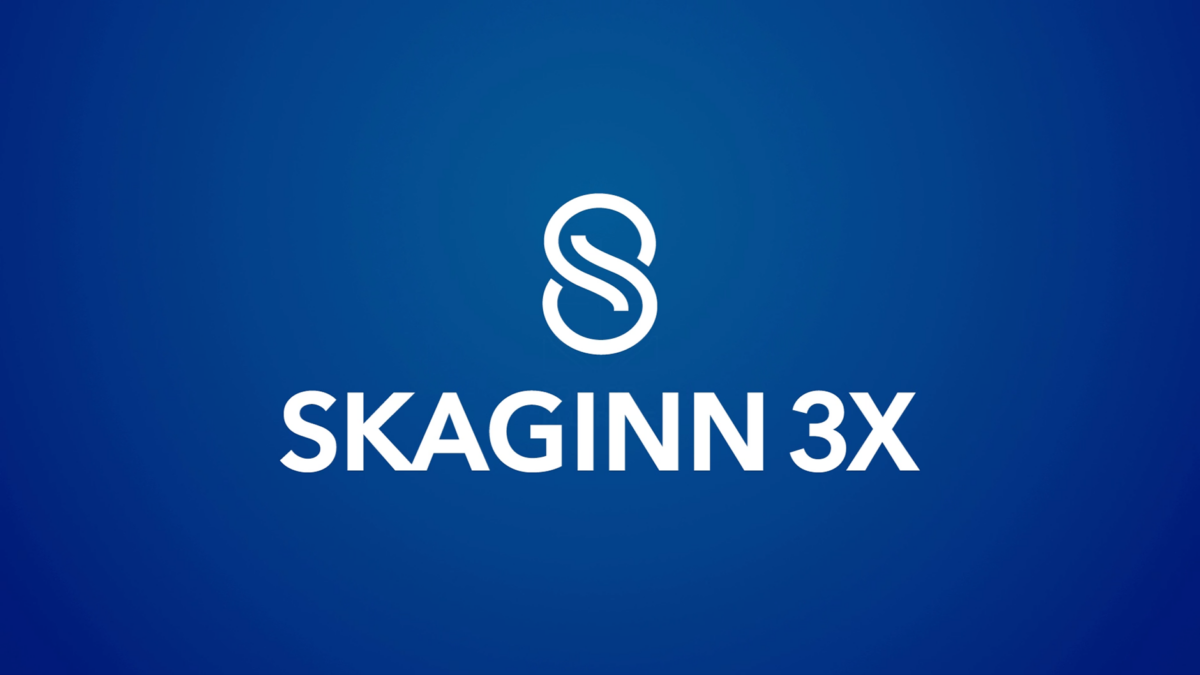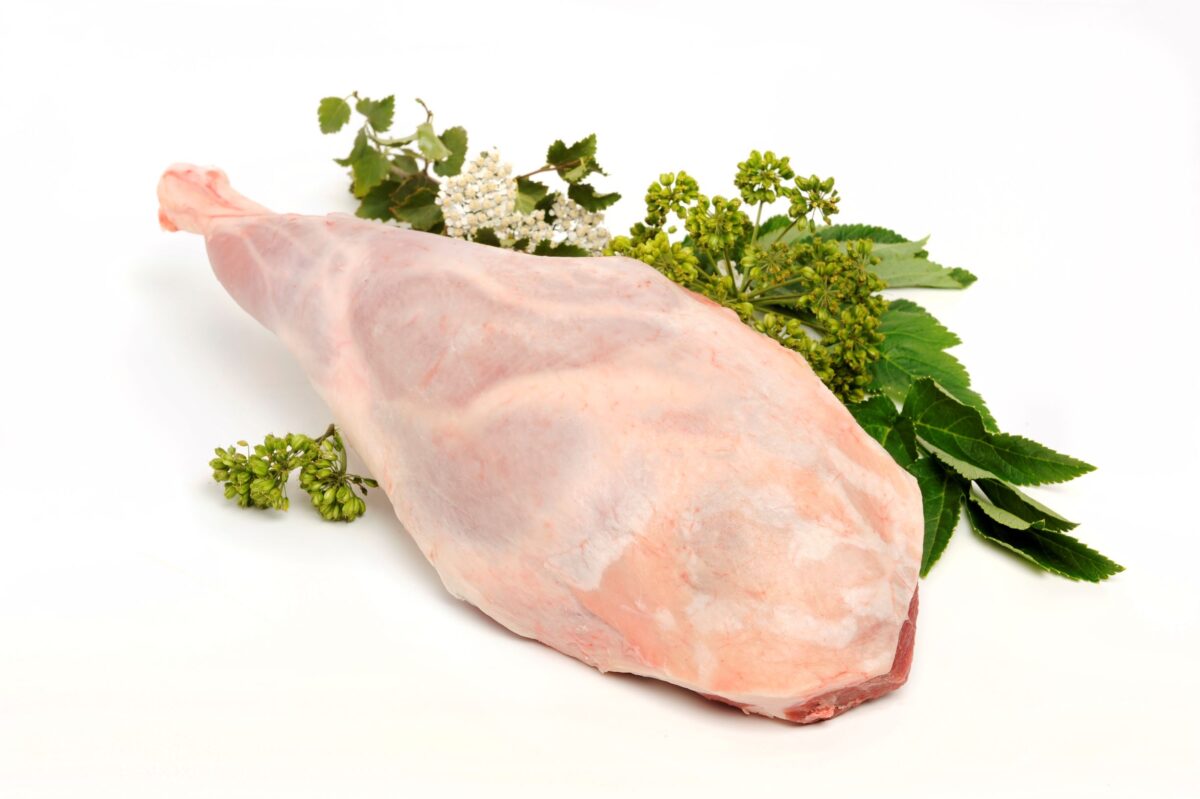This study mainly aimed at researching dietary effects on growth and important quality characteristics of Arctic charr, lipid composition and flesh color. The first object of this study was to investigate the effect of different lipid sources and lipid ratio in diets on growth and chemical composition in fillets. The second object was to investigate the effect of different colorant sources in diets and colorant feeding combinations on flesh color in fillets. Two long-term experimental trials (1= 250 days; 2=268 days) were run in saline water (approx. 12-18ppt) with initial weight of fish above 100+g in both trials. The water temperature was in the range of 6-9°C in the first but 8,5-10,5°C in the second trial.
1. Different dietary lipid ratio and lipid sources did not affect the fish growth, growth rate, feed consumption, FCR or harvesting output. The dietary lipid content and composition was reflected by lipid content in fillets. The fatty acid composition in the diets was reflected fatty acid composition of the fillets. The most important difference was in the content of the long chain n-3 and n-6 fatty acids and n-3/n-6 fatty acid ratio between groups fed fish oil or mix of plant oil sources. Lipid source or volume in diets only had minimal effects on other nutritional components analysed in fillets. The different dietary lipid sources and ratio was considered to have rather small effect on visual fillet color, although some existing variation related to analytical methods.
2. Analysis of carotenoids in the experimental diets showed difficulties in producing diets containing exact carotenoid content, according to plan and formulation, regardless of colorant types. The feed processing, lack of stability of the sensitive carotenoids or inaccurate content description of the colorant sources led to varying recovery of estimated concentration in the diets. Therefor the feeding and regimes needed to be adjusted by mixing daily ration with uncolored diets. Consumed colorants were calculated according to diet color content and consume. The growth rate, FCR and harvesting output was similar in all groups. The fish was grown to an average size of 1800g. Maturity ratio (indication of maturity) was in the range of 11-24% but mature fish were intentionally avoided in the estimates of fillet color and chemical composition. Minimal differences were detected in visual fillet color (Salmofan), but fillet color measured by Minolta Chromatography showed more relation in fillet color and consumed carotenoids in diets. Carotenoid analysis in fillets correlated to carotenoid consumption. Beneficial effects of increased carotenoid content in diets above 50 mg/kg were not detected in visually more reddish fillets.
The overall aim of this study was:
- Estimate the effect of lipid content (energy) and lipid sources in diet on growth and feed efficiency of Arctic charr.
- Estimate the effect of dietary fat sources on fat composition and flesh quality of Arctic charr.
- Evaluation of economically feasible and efficient utilization of colorants in fish diets and interactions with fat content in diet and fish.
- Decrease production cost in Arctic charr culture.








